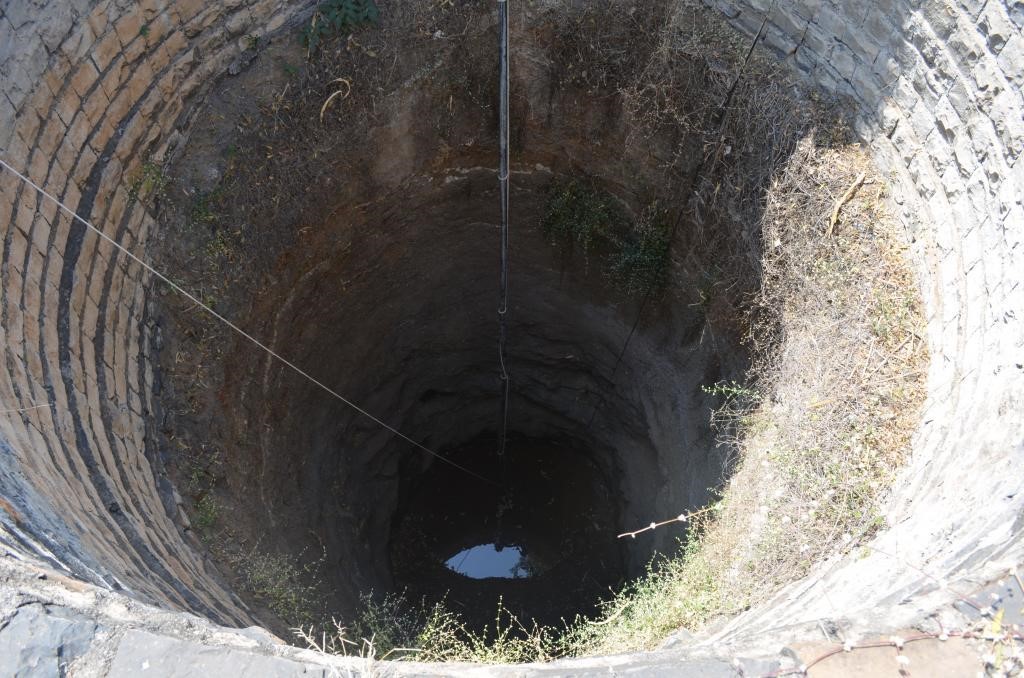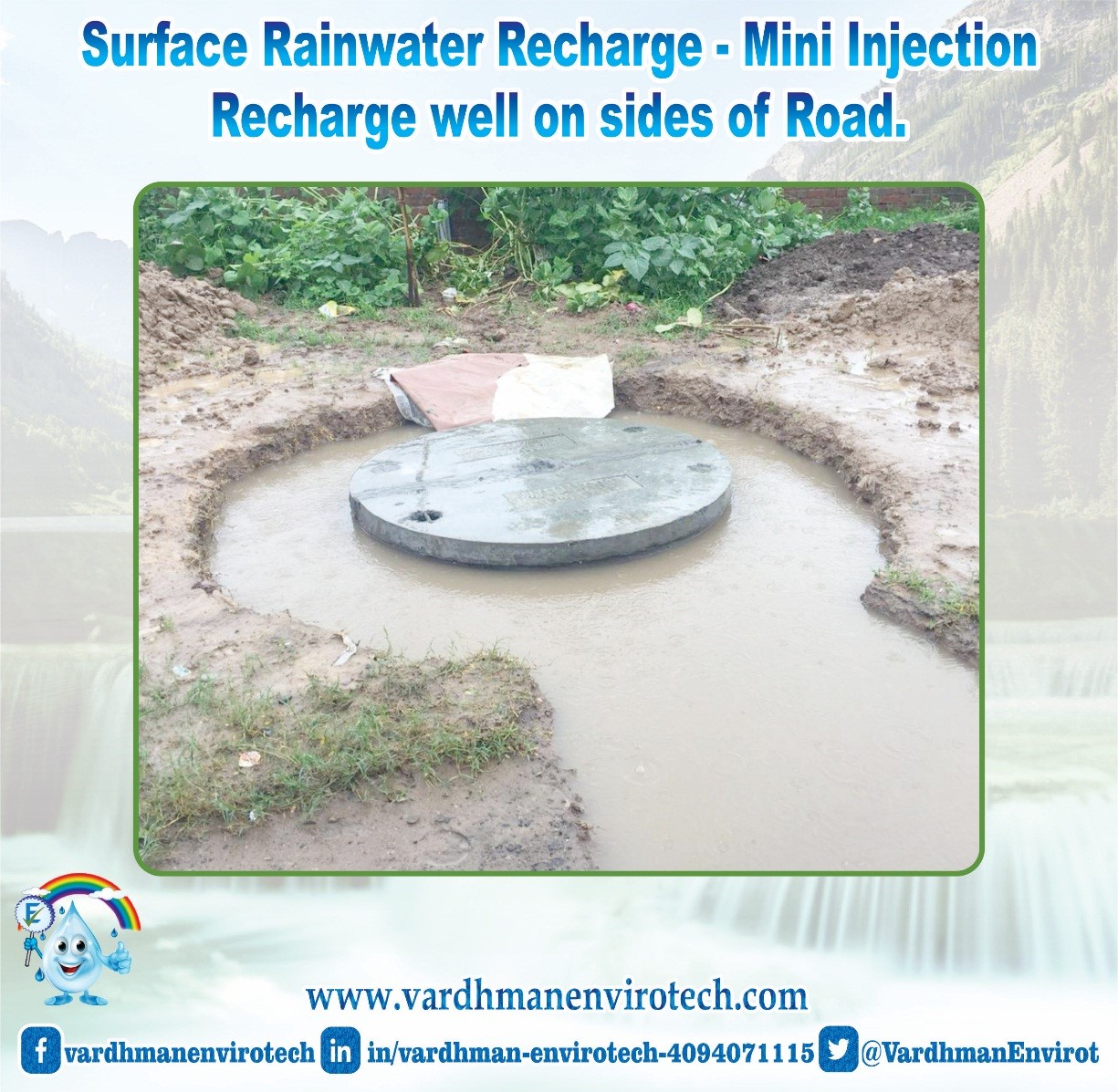For the past 20 years, India has experienced terrestrial water storage (TWS) loss of at least 3 cm per year. In some regions, the loss has been over 4 cm per year too

Photo Credit: Akshay Deshmane
Terrestrial water storage (TWS) dropped at a rate of 1 cm per year in 20 years (2002-2021), according to a new report 2021 State of Climate Services released by the World Meteorological Organization (WMO).
The biggest losses have occurred in Antarctica and Greenland. But many highly populated, lower latitude locations have also experienced TWS losses, according to the report.
This includes India, where the TWS has been lost at a rate of at least 3 cm per year. In some regions, the loss has been over 4 cm per year too. India has recorded the highest loss in terrestrial water storage if the loss of water storage in Antarctica and Greenland is excluded.
India is, therefore, the ‘topmost hotspot of TWS loss’, according to the WMO analysis. The northern part of India has experienced the maximum loss within the country.

The red areas indicate a large water mass loss during the time. These areas are those worst affected by climate change and/or human activity, excluding Greenland and Antarctica, which are not included on the map, as their water mass loss trends are so great that they overshadow the other continental water mass
TWS is the sum of all water on the land surface and in the subsurface, ie surface water, soil moisture, snow and ice and ground water. Water is a key prerequisite for human development. But only 0.5 per cent of water on Earth is usable and available as freshwater.
Water resources across the world are under tremendous pressure due to human and naturally-induced stressors. These include population growth, urbanization and decreasing availability of freshwater.
Extreme weather events too have been responsible for the pressure on water resources realized across sectors and regions, the WMO noted.
Indian scenario
In India, per capita water availability is reducing due to an increase in population. The average annual per capita water availability has been consistently decreasing. It reduced to 1,545 cubic meters in 2011, from 1,816 cubic meters in 2001.
It is projected to further decrease to 1,367 cubic meters in 2031, according to the Union Ministry of Housing and Urban Affairs. Five of the 21 river basins in India are ‘absolute water scarce’ (per capita water availability below 500 cubic meters) according to the Falkenmark Water Stress Indicator.

Five are ‘water scarce’ (per capita water availability below 1,000 cubic meters) and three are ‘water stressed’ (per capita water availability below 1,700 cubic meters).
By 2050, six will become absolute water scarce, six will become water scarce and four will become water stressed, according to the State of India’s Environment in figures, 2020.
Vardhman Envirotech
India’s Passionate rainwater company
This article is published on: Down To Earth, 06 October 2021.
We would like to spread this for the benefit of fellow Indians.
